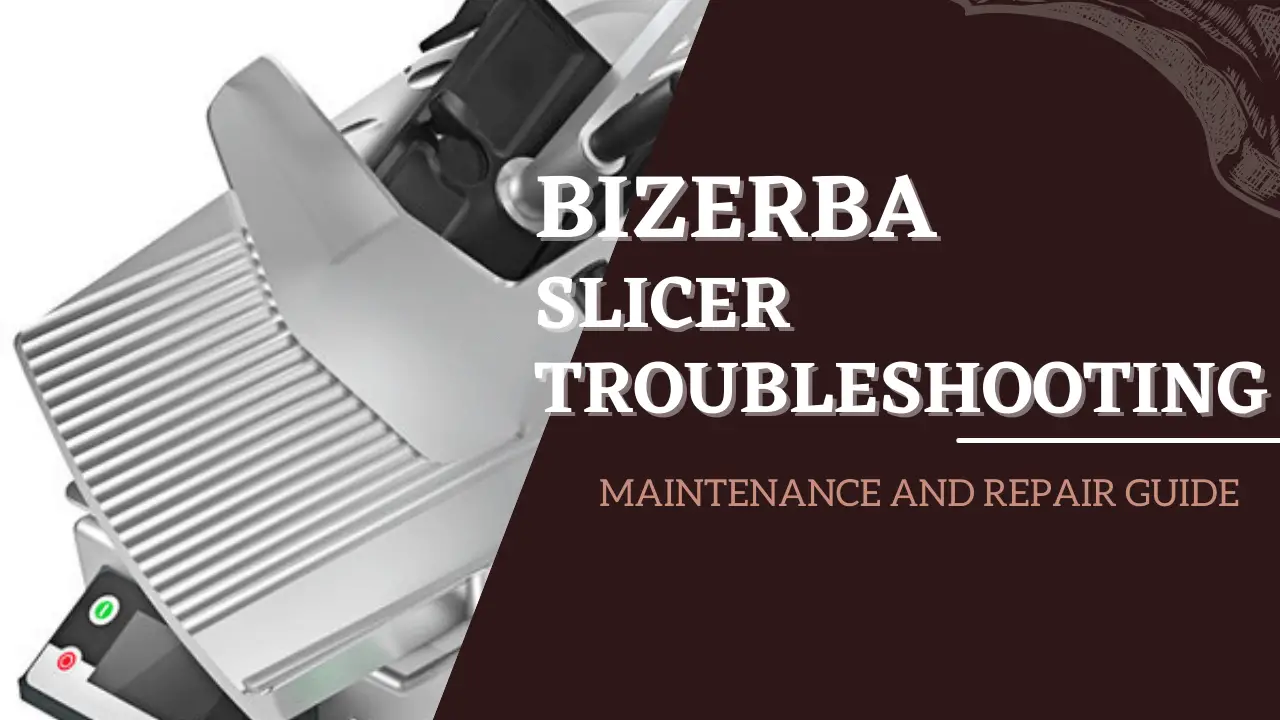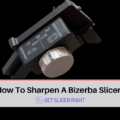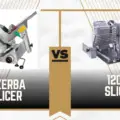Direct Answer: To calibrate a Bizerba slicer, you need to remove the cover, locate and activate the recalibration switch, input specific codes and weight measures, and then test for accuracy. Remember to always practice safety while handling these devices.
From delicatessens to gourmet restaurants, the Bizerba slicer is a trusted kitchen tool renowned for its precision and durability. But like any good kitchen workhorse, it requires regular maintenance to perform at its best. One crucial part of this upkeep is calibration. Proper calibration ensures the slicer operates with the precision it’s known for, giving you perfectly uniform cuts every time. Don’t let the term ‘calibration’ intimidate you – it’s far from complex. With a bit of patience and care, you’ll master the art of calibration, ensuring your Bizerba slicer remains your reliable kitchen partner.
Calibration Of A Slicer – What Does It Mean?
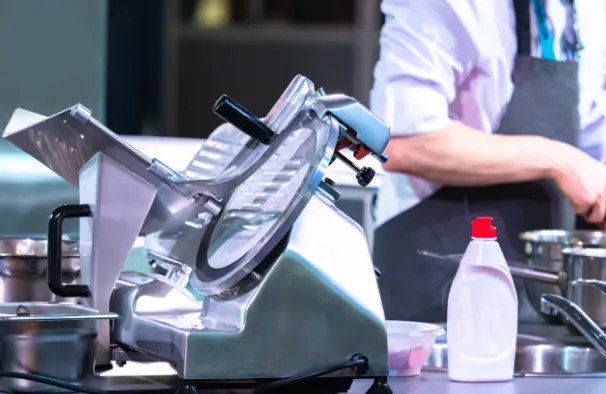
Calibration of a slicer is a technical process that involves adjusting the settings of the slicer to ensure it delivers accurate and consistent results. Just like tuning a musical instrument for the perfect pitch, slicers need to be calibrated so they can deliver perfectly consistent slices every time.
When you calibrate a slicer, like the Bizerba slicer, you’re essentially standardizing its operation based on a known set of parameters. For instance, if you want a slicer to cut 1cm thick slices, calibration ensures that every slice it cuts is exactly 1cm thick, no more, no less.
Over time, regular use, wear and tear can cause a slicer’s settings to drift from their original specifications. When this happens, the slicer might start cutting slices that are either too thin or too thick. That’s where calibration comes in handy – it’s a way to reset the slicer back to its original, optimal settings.
In a nutshell, calibration ensures your slicer delivers the highest degree of accuracy and consistency in its slicing – critical for quality control, cost management, and customer satisfaction in any food service operation. Calibration isn’t just a one-off task – it’s a regular part of slicer maintenance that should be performed periodically to ensure your slicer always operates at peak performance.
How To Calibrate A Bizerba Slicer?
Step 1: Uncover the Secrets Start your calibration journey by removing the protective cover of your Bizerba slicer. Using a suitable tool, unscrew the plastic cover. This will allow you to access the internal mechanisms necessary for the calibration process.
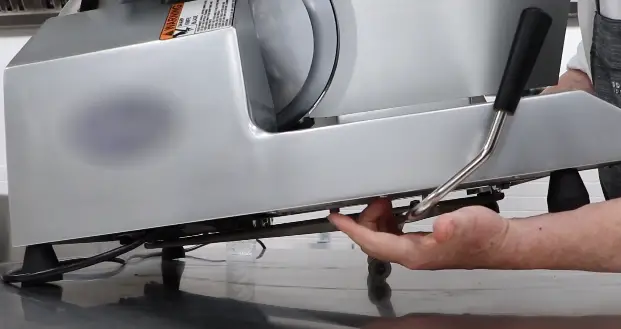
Step 2: Find the Hidden Switch With the cover off, your next mission is to find the recalibration switch. It’s usually located on the left side. Unscrew and slide the switch to reveal it.
Step 3: Activate Recalibration Mode Now it’s time to put your Bizerba slicer into recalibration mode. Slide the recalibration switch to the right and power up the weighing scale. You will know you’ve entered recalibration mode when a specific code displays on the screen.
Step 4: Enter the Right Codes Following the instructions displayed on the scale, input the necessary codes. This is typically done by pressing ‘1’ to alter the existing code, followed by ‘2’ to affirm the new code.
Step 5: Balance the Scale Your Bizerba slicer will now instruct you to place a certain weight on the scale, such as 15 kilograms. Ensure you have the exact weight available and place it on the scale as prompted.
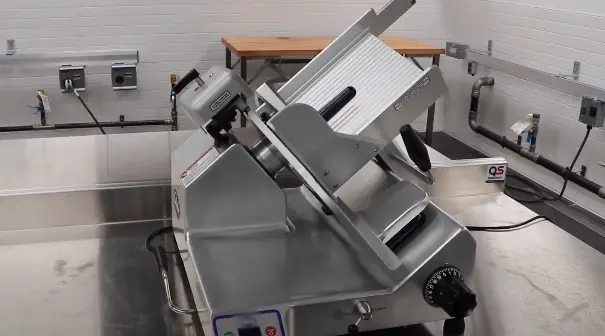
Step 6: Test Your Work After inputting the weight and finalizing the recalibration process, it’s time to put your slicer to the test. Use a known weight, like a 5-kilogram block, and check if the scale’s reading matches. If it does, give yourself a pat on the back; you’ve successfully calibrated your slicer!
Step 7: Switch Off Last but not least, remember to switch off your slicer after completing the calibration. It’s always best to prioritize safety when handling these devices.
FAQs
How do I know if my scale is calibrated correctly?
To ensure your scale is calibrated correctly, you need to test it with a known weight, often referred to as a calibration weight. After calibrating your scale, place the calibration weight on it. If the scale’s reading matches the weight’s known value, your scale is calibrated correctly. Any significant deviation might suggest that the scale is not properly calibrated and that the calibration process should be repeated.
Can you use water to calibrate a scale?
Technically, you can use water to calibrate a scale, but it’s not recommended due to various factors that can affect water’s weight, such as temperature and purity level. In a professional setting, it’s better to use standardized calibration weights for accuracy.
What type of water is used in calibrating?
If you choose to use water for calibration (though it’s not the preferred method), you should use distilled water. Distilled water is pure and devoid of impurities or minerals that can affect its weight. However, remember that water’s weight can change based on temperature, making it a less reliable choice for calibration compared to standardized weights.
How often should I calibrate my Bizerba slicer?
The frequency of calibration depends on usage, but a good rule of thumb is to recalibrate your slicer every six months.
Conclusion
Calibrating your Bizerba slicer may initially seem like a daunting task, but as we’ve broken down in this guide, it’s an entirely manageable process. By following these straightforward steps – uncovering the hidden switch, activating the recalibration mode, entering the correct codes, balancing the scale, testing your work, and, importantly, ensuring safety by switching off – you’ll effectively ensure your slicer operates at its optimal performance. Calibration is key to maintaining the precision and efficiency of your Bizerba slicer, crucial factors in delivering consistent, quality slices that meet your culinary needs. Regular calibration is part of caring for your kitchen equipment, and mastering this process is a valuable skill in maintaining a smoothly operating kitchen.
Key Points
- Calibration is crucial for the accuracy of your Bizerba slicer.
- The calibration process involves removing the cover, adjusting the recalibration switch, entering specific codes, and balancing the scale.
- Always test the slicer’s accuracy after calibration using a known weight.
- Switch off your slicer after recalibration for safety.
- For Bizerba BC-II, consult the user manual for specific calibration instructions.

John Hebdon is a food enthusiast, passionate chef, and author of various articles and blog posts related to food and cooking. With a deep love for all things culinary, John’s blog serves as a platform to share his extensive kitchen experiences with a broader audience.
In addition to his culinary expertise, John has a flair for writing and a natural ability to share his passion for food with others. His articles and blog posts are informative, engaging, and packed with practical tips for readers of all skill levels.
As a food enthusiast and writer, John is always on the lookout for new and exciting culinary experiences. Whether it’s trying out a new restaurant, experimenting with a new recipe, or simply sharing a favorite dish with friends and family, John is always eager to explore and share the world of food with others.

